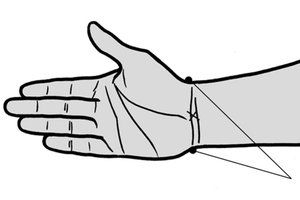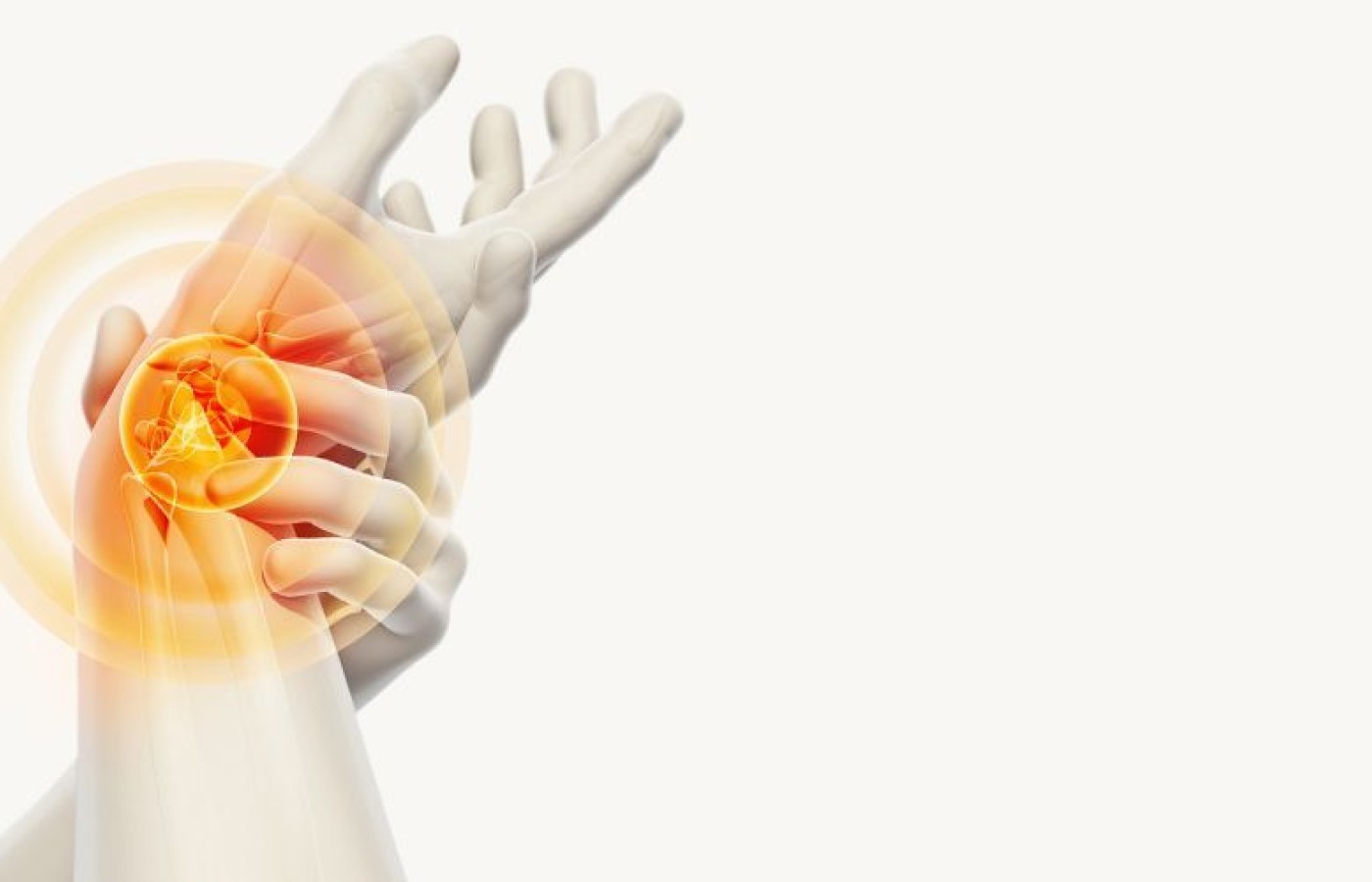Whether you accept it, avoid it or live somewhere in between, insurance coverage has become a defining issue for our profession. Patients increasingly expect to use their benefits, practitioners want to be compensated fairly for their time and expertise, and the system itself remains – at best – fragmented. The encouraging news is that coverage has expanded in meaningful ways. The challenging news is that reimbursement, across the board, remains inadequate.
Electroacupuncture for Carpal Tunnel Syndrome
Carpal tunnel syndrome, also called median nerve entrapment neuropathy, is a painful condition whereby compression of the median nerve that travels through the carpal tunnel causes pain and paraesthesia in the hand. The median nerve innervates the skin of the palmar side of the index finger, the thumb, middle finger and half the ring finger.
Compression of this nerve, which runs below the flexor retinaculum, can cause sensory loss in the fingers and thumb, and also atrophy of the thenar muscles. The superficial sensory branch of the median nerve, which provides sensation to the base of the palm, branches proximal to the flexor retinaculum and travels superficial to it, so there is no loss of sensation in the palm.
Symptoms and Causation

The main symptoms of carpal tunnel syndrome are pain, numbness, and tingling in the thumb, index finger, middle finger, and radial side of the ring finger. Pain may also extend up the arm. Over time, the patient's grip may become weaker and wastage of the thenar muscle at the base of the thumb may occur. The condition is often more painful at night and the patient may report how dangling their arm out of bed or putting their hand behind their head gives some relief.
Swelling in the wrist can be caused by overall inflammatory conditions in the body, or more localized inflammation from RSI. Overuse of the flexor muscles can cause a thickening of the tendons running through the carpal tunnel. Another possible cause is localized structural changes to the bones inside the carpal tunnel itself, causing the tunnel to narrow. Some sources suggest median nerve symptoms can arise from compression at the level of the thoracic outlet or in the area where the median nerve passes between the two heads of the pronator teres in the forearm.
From a TCM perspective, carpal tunnel syndrome can be caused by dampness, stagnation of blood or problems with tendons not being nourished.
Understand the Anatomy

The carpal tunnel is a space in the wrist surrounded on three sides by the carpal bones. The medial side of the carpal tunnel is covered by the flexor retinaculum ligament. The carpal tunnel itself has nine flexor tendons and the median nerve running through it. If there is any swelling of the tendons, this will ultimately put pressure on the median nerve, causing pain and numbness in the fingers.

When treating carpal tunnel syndrome, it is important to recognize that some of the problem in the wrist may be caused by tightness in the flexor muscles of the forearm. These include the flexor carpi ulnaris, flexor carpi radialis, flexor digitorum superficialis and profundus, flexor pollicis longus and palmar longus.
It is important to check whether the problem is accompanied by any tightening in the neck muscles, as this can affect the nerves supplying the arm muscles.
Although this problem can be related to wider constitutional imbalances, it is often necessary to apply strong local treatment at the wrist to resolve this issue.
Treating Carpal Tunnel Syndrome
Some patients are encouraged to wear a splint to prevent the hand from moving into a flexed position while they are asleep, as that exacerbates the problem. The usual treatment for this condition is surgery to open up the carpal tunnel and take pressure off the median nerve. However, acupuncture, especially electroacupuncture (EA), is also effective for treating this condition.
Basic Treatment With Electroacupuncture
- Commence by checking the neck for tightness in the muscles in case they are impinging on any nerves that could affect the function of the muscles of the forearm.*
- Needle any ashi points in the neck with manual acupuncture (MA).
- With the patient lying on their back, palpate and needle any ashi points in the flexor muscles of the forearm with MA.
- Insert needles in SI 5 and LI 5 using 15 mm needles. Attach electroacupuncture (EA) clips.
- Add musculoskeletal channel points with MA: P 7, GB 34.
- Add constitutional points with MA.
- Turn on the EA machine and carefully turn up the intensity to a point at which the patient feels a comfortable tingling or pulsing sensation.
Advanced Treatment With Electroacupuncture
The advanced treatment is used for more severe chronic cases. Start by following the protocol for the basic treatment (above); then:
- Insert needles at 1.5 cun proximal to P 7 and a point 2 cun distal to P 7. This point is in the hollow at the proximal/medial border of the thenar eminence.
- Turn on the EA machine and carefully turn up the intensity to a point at which the patient feels a comfortable tingling or pulsing sensation.
Note: The purpose of the basic treatment is to pass electricity from one side of the wrist to the other horizontally through the carpal tunnel. In this technique, electricity is also passed through the carpal tunnel in the direction of the flexors. Using both techniques together has a stronger effect in freeing up any stagnation in the carpal tunnel by applying electricity in both directions at the same time.
* This can be done by following the initial protocol for treating a frozen shoulder in my book (page 41).



